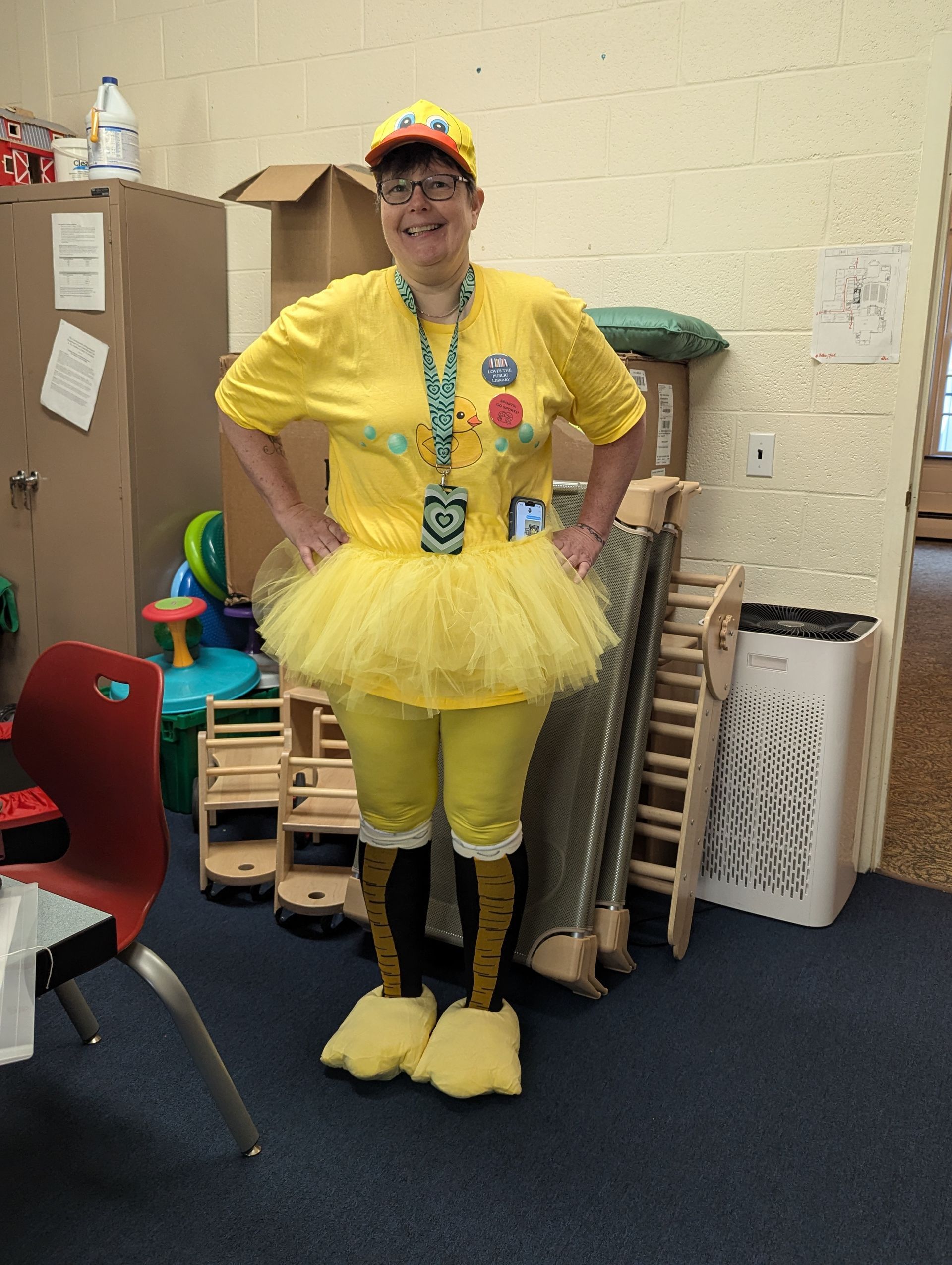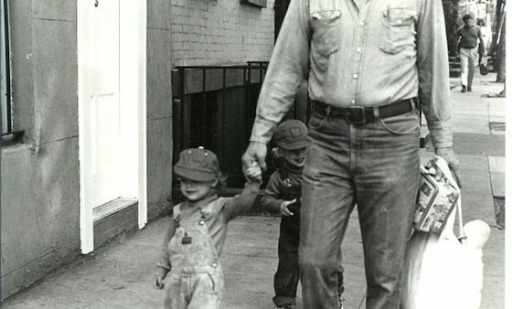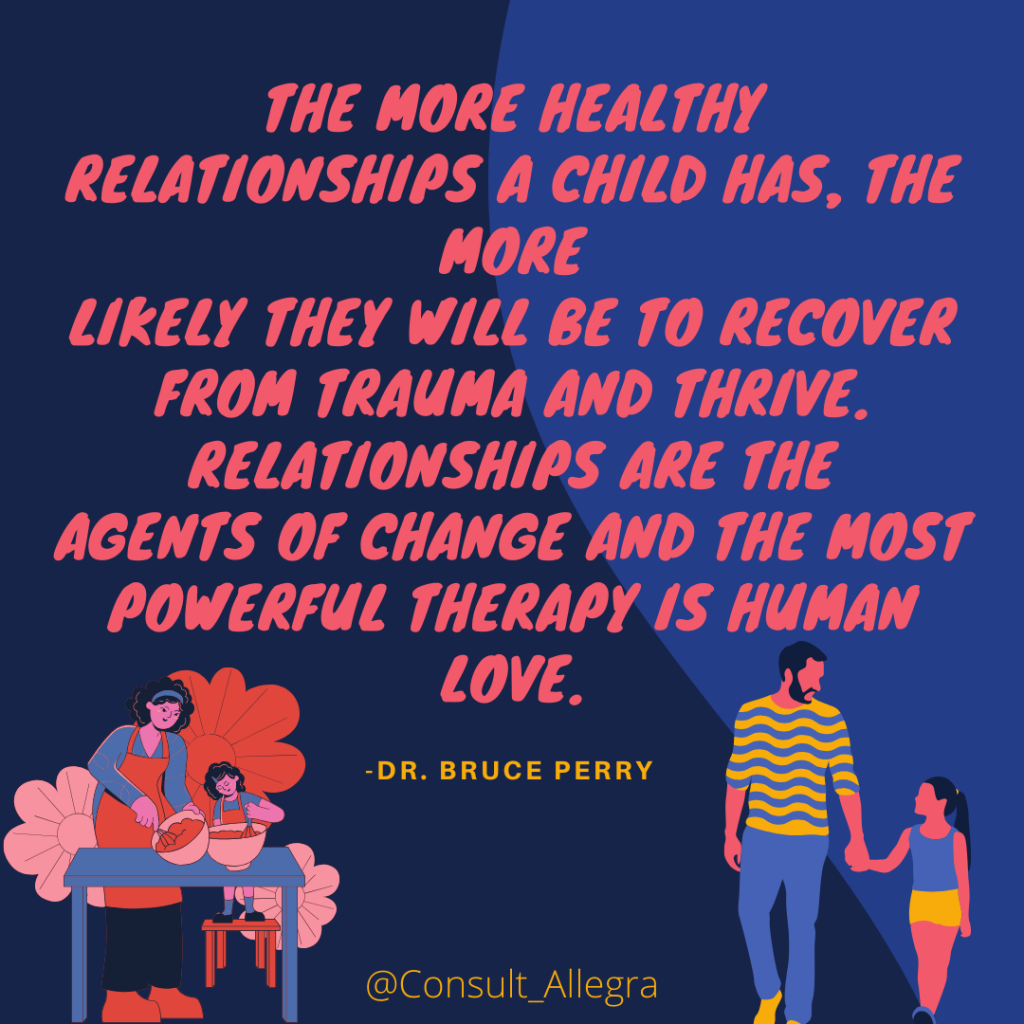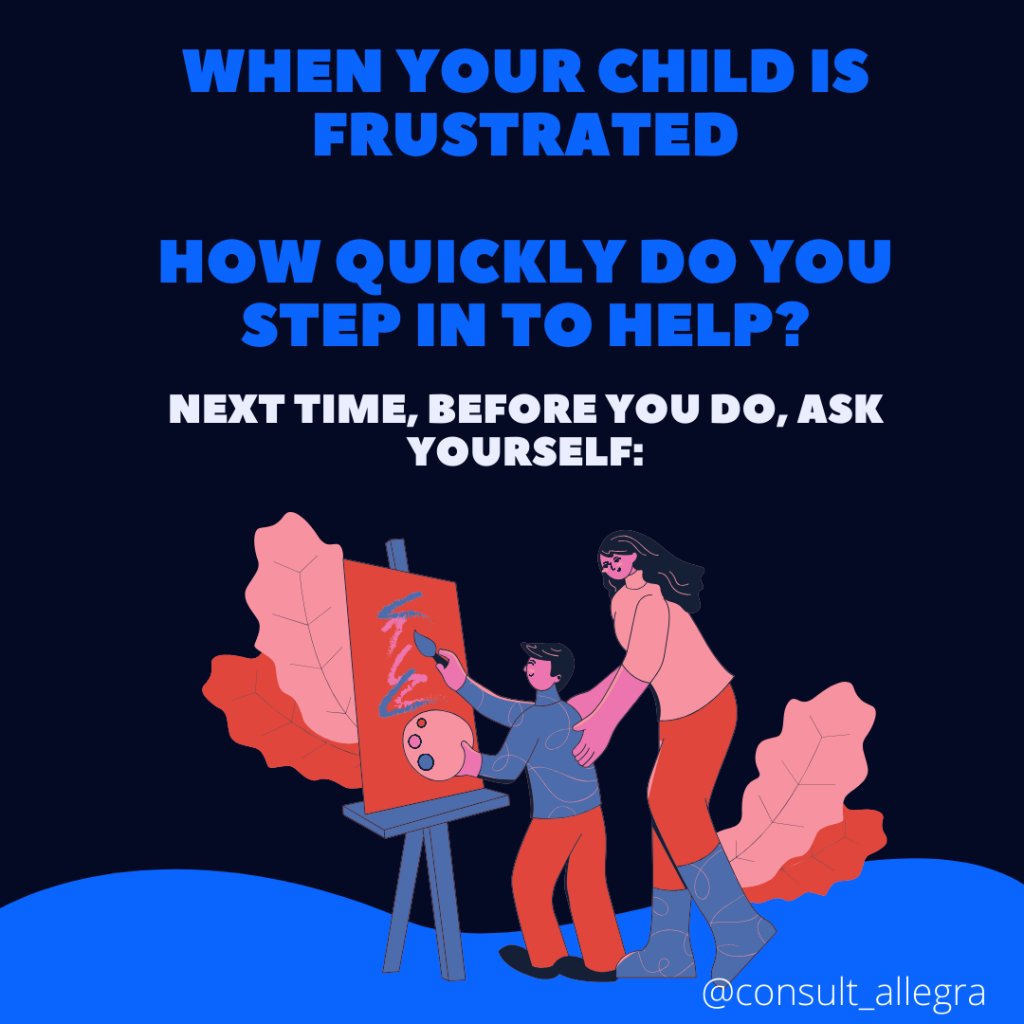Celebrating 51 years of Sesame Street
November 10, 2020
November 10th, 1969, across the United States, parents and babysitters and grandparents and aunts and uncles turn on the TV because there is a new show today for kids: Sesame Street. The show has now been on the air for more than 50 years; nationally, 80 million Americans watch; internationally, Sesame Street comes to screens in 120 countries. It may be the most influential show in the history of TV.
Most importantly, Sesame Street was at the forefront of Early Childhood Education. In 1969, The Civil rights movement was making its mark. LBJ declared The War on Poverty, and the United States was waking up because there was major disparagement within education among Black and Hispanic children. Teachers noticed that Black and Hispanic children would arrive at Kindergarten and were not as prepared as their white counterparts. White children were more likely to have parents who were available to spend time with them, speak with them, share with them, and teach them.
For the first time, Federal funding was earmarked to help poor children, and Head Start was created. However, in 1969, Head Start was in its infancy and far from accessible to all who needed it. Given that most families in America had a TV in their home, Children’s Television Workshop (CTW) decided that something needed to be done. CTW realized a kid’s show could create access to educational learning for all: and Educational Television was born.
Sesame Street started with introducing a diverse and caring community, where people and puppets lived together in harmony. Over the years, Sesame Street has strived to reflect the changes in culture, offering a reflection and accessible to all who watch it. CTW designed the show to target poor urban children, the ones, as Newsweek has described, “who lived on streets with garbage cans sitting in front of their rowhouse apartments.”
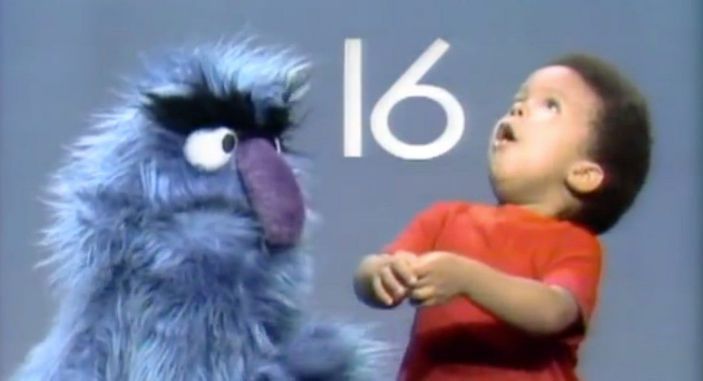
Over the past 50 years, Sesame Street has worked meticulously to teach “academic” skills such as letters, numbers, etc., and “intellectual” skills such as curiosity, problem-solving, and flexibility. However, and probably the most meaningful, are the skills that most resonate with everyone who has watched the show over the years, Sesame Street made a direct effort to teach “social and emotional” skills such as compassion, empathy, kindness, diversity, and understanding. Sesame Street has not shied away from talking about hard issues with children. Sesame Street set out to normalize life for all children, as it helped children face topics like divorce, death, drugs, incarceration, and so much more. Today, there is even Sesame Street to support children living in refugee camps all over the world. The show helps children to feel comfortable with themselves and with others. The show values differences; everyone struggles and develops in their way, which should be celebrated.

Sesame Street worked! Studies have shown that children who watch Sesame Street know more than children who do not. A landmark 2015 study from researchers at the University of Maryland and Wellesley College found that watching “Sesame Street” delivers educational benefits as effective as preschool. After watching the program, children are 14 percent more likely to be in the appropriate grade level for their age, especially those in disadvantaged areas. It turns out that Sesame Street is the “largest and least costly early childhood intervention that has ever been implemented in the US” according to Philip Levine, an economics professor at Wellesley College.
Sesame Street remains to be a vital tool for children’s healthy growth and development. Sesame Street remains diverse, whereas most preschool classrooms in the United States do not. The Century Foundation (TCF) recently found preschools centers suffer from significant socioeconomic and racial segregation—problems that could be undermining young children’s learning and achievement. I see this every day in my work. Centers for low-income children are predominantly children of color with fewer resources and less qualified teachers. Children in private care tend to have more white children, parents with higher income, more education, and more qualified teachers.
Children need Sesame Street: despite growing diversity and expanding knowledge about the value of school integration, early-education classrooms in the U.S. remain segregated. They don’t look much like Sesame Street.
Sesame Street costs very little— it delivers value for “pennies on the dollar,” according to Levine and co-author Melissa Kearney, an economics professor at the University of Maryland. Head Start costs the country around $7,600 annually per child, while private childcare in the US costs an average of $14,800 and here in Massachusetts over it costs $20,000. According to Kearney and Levine, the annual per-child cost of Sesame Street (in today’s dollars) was just $5. And it is an amount that The United States seems unwilling to pay, despite only 40% of preschool-age children in the United States having access to preschool today.
Furthermore, and due to lack of funding PBS, has been unable to afford to maintain Sesame Street, and for now, the show airs first on HBO, leaving out the very children the show was made for and proven to impact positively.
We need Sesame Street: when preschoolers see greater diversity, we “reduce the prejudices and social isolation of children and promote cross-cultural relationships. Diversity has long-term benefits such as greater social capital, employment opportunities, and comfort in multi-racial settings,” the report says. By kindergarten, children have typically developed an awareness of ethnic identities and social status, along with the ability to make social comparisons.
While America struggles to desegregate its preschools, it is essential to offer Sesame Street to all that need it. It is vital to fund programs like Sesame Street, showing children various backgrounds and cultures while normalizing differences and changing perceptions.

To hear more about How Sesame Street was born and how it helped change the way millions of children learn, check out History This Week: The Muppet Revolution.
Originally Posted Celebrating 51 years of Sesame Street – Consult Allegra Blog Posts




